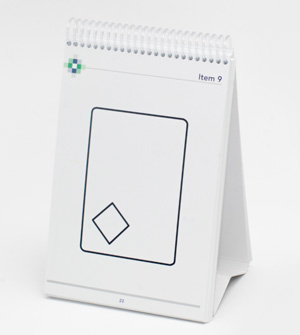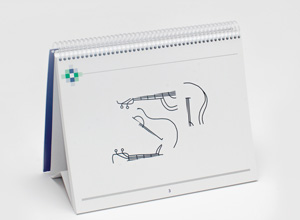The Visual-Spatial Perception is the ability to recognize an object's physical location as well as the physical relationships between objects. For example, if you want to pick up a pen on a table, your visual-spatial perception allows you to see the pen and table, and coordinate your hands and fingers to grasp the pen and remove it from the table. Decline in this domain might result in you trying to grasp the pen an inch too far to the right or to not be able to grab it at all.
In general, deficits in visual-spatial perception can manifest as clumsiness (e.g., often dropping objects when trying to put them on a table or other surface), the inability to read the time on a clock and an increased risk for falls.
The following are two examples of activities designed to stimulate visual-spatial perception

In Design Copy, the client is asked to draw a copy of a figure, such as the one to the left, shown to him or her. The focus is not on accuracy or artistic ability, but rather the exercise of observing and recreating what is shown.

The Visual Puzzles activity includes a number of line-drawings broken up into pieces and jumbled. the client is asked to identify what is made when the pieces are put back together. The example to the right is a guitar. The images range in difficulty, making the activity customizable to the client so that he or she never feels overwhelmed or defeated.
Visual-spatial perception is a component that can be easily overlooked, but can have a significant impact of quality of life.